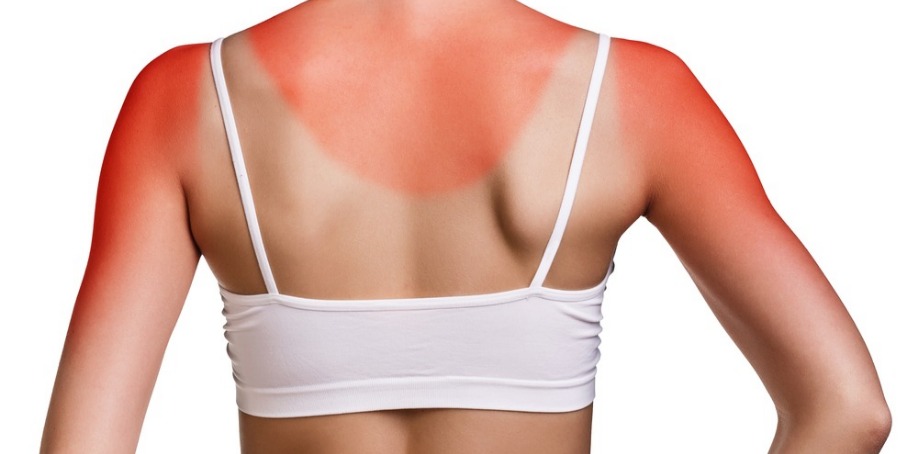Fair Skin - Caucasians are at a higher risk for skin cancer than African Americans or Hispanics. Melanin is more prevalent in people with dark skin, which is a natural protectant from UV rays.
Older Age - The risk for basal and squamous cell cancers increases as you age.
Men - According to statistics, men are twice as likely as women to develop basal cell cancer and about 3 times as likely to get squamous cell cancer.
Radiation - Being treated with radiation puts you at a higher risk for skin cancer in the area that underwent treatment.
Genetics - It's been determined that some people are at higher risk for developing skin cancer, which is the result of certain parts of normal cells being more susceptible to damage by sunlight.
Tips for Race Day
Switch It Up
The sun's UV rays are most powerful between 10am - 2pm. Choose to train outside in the early morning, late afternoon, or night time.
Be Aware
Use extra caution near water, snow or sand, these surfaces reflect sunlight, which can in turn increase your chance of sunburn. Surfers are at an even higher risk for skin cancer, and should exert extreme caution.
Preform Self-checks
Early detection of skin cancer is paramount. Check your entire body once per month. Any new, unusual, or changing spots should be looked at by a dermatologist immediately.
Visit a Doctor
Go to a dermatologist at least once per year to get checked out, especially if you're at an increased risk for skin cancer. Plan ahead if you don't already have a dermatologist, they can be booked out for months.
Cover Up
If you must be in the sun during peak hours, cover as much exposed skin as possible. Wear a hat, sunglasses, and t-shirt or long-sleeve tech shirt. All of these are an extra precaution in preventing sunburn.
Follow these guidelines to help prevent sunburn on race day!
- Apply all sunscreen prior to arriving at the race without clothes on to ensure you don't miss any areas.
- Don't forget to apply sunscreen on your ears, tops of hands and exposed feet, these areas can easily be forgotten.
- Bring sunscreen with you on the course and REAPPLY as needed.
- Your lips can burn too! Make sure you wear a lip balm with SPF in it.
- If you're out on a course for more than an hour, set a reminder on your phone or watch to re-apply your sunscreen.
- Bring a small absorbent towel to dab off excess sweat.
- Wear your protective sun gear - sunglasses, hat, bandana, visor, shirt etc.

Stage of Sunburn
You wore sunscreen and tried to take the proper precautions, but still got burnt. It happens. Here's the four stages of a sunburn and how to properly treat your burns until they heal.
Stage One: The Burn
You didn't wear enough sunscreen or didn't properly reapply. You are now very red. The bright red color is a result of the blood vessels dilating in the dermis.
Stage Two: Inflammation
After you burn, the skin reacts to the damage by swelling, which is called erythema. The increased blood flow for healing causes the skin to swell and become hot.
Stage Three: Blister
Depending on how badly you were burned, you may develop blisters filled with fluid.
Stage Four: Peel and Heal
Your skin begins to peel off. After a sunburn, the cell regeneration process accelerates. During this process, the keratinocytes (new skin cells) don't have time to separate and flake away as usual, as a result they stick together and peel away from your skin.
Treatment
- Take a cool shower, but not for long because it can further dry out your skin.
- Moisturize while your skin is still damp with lotion or aloe vera gel. Continue to reapply to keep your skin hydrated as needed.
- Take a nonsteroidal anti-inflammatory as soon as possible, which will help with swelling and inflammation. Wear soft, breathable clothing and stay out of the sun.
- Drink plenty of water. Burns can cause dehydration because they draw fluid to the skin's surface and away from the rest of the body.
- Contact your doctor if you experience severe blistering, a fever, chills, or you are woozy or confused.